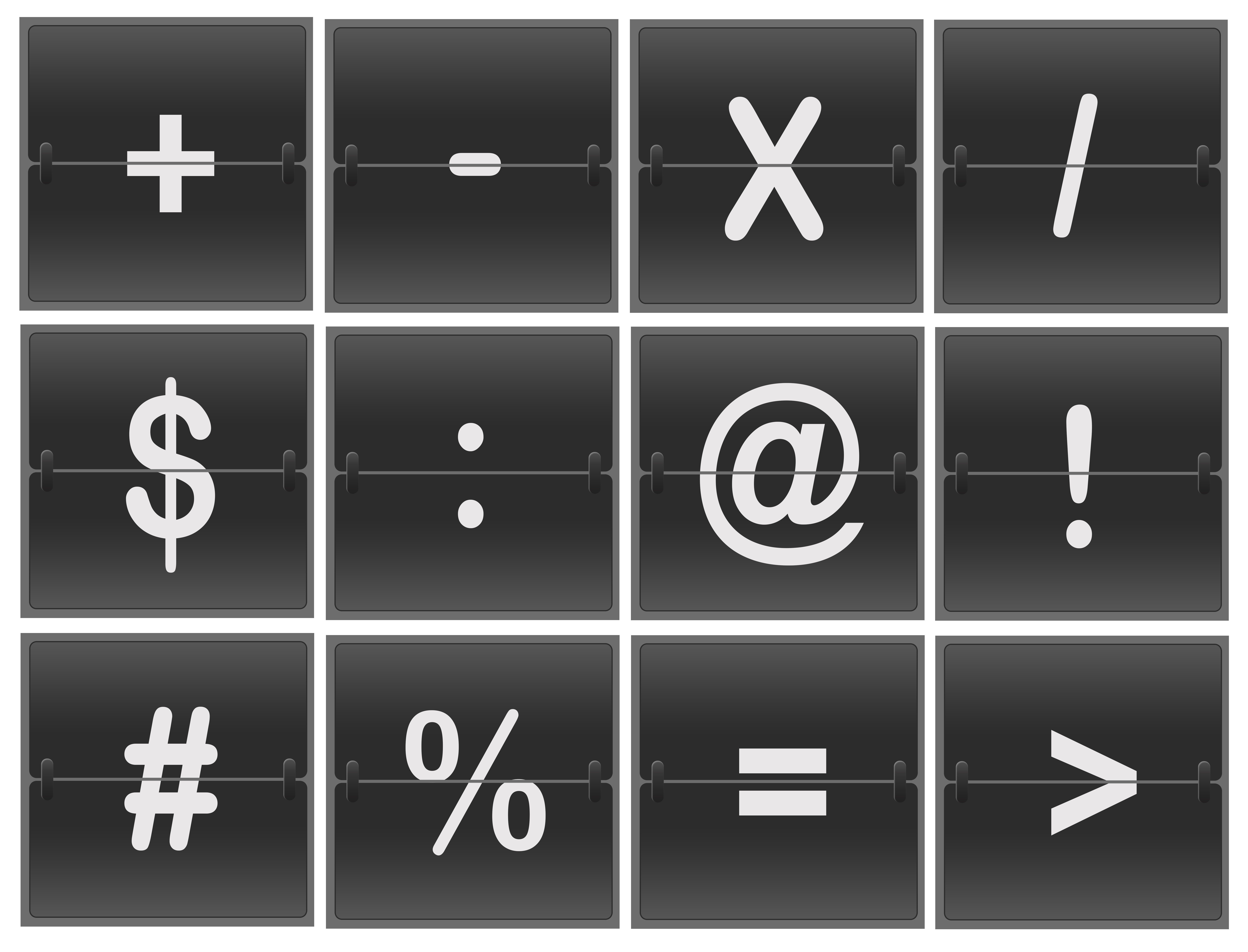The square root sign
Nowadays if any definition issue or technicality arises my first response is to trawl the internet, which often leads me down diverse paths. This one took me to square root and cube root signs. Wikipedia suggests the tick sign first appeared in 1525, along with + and -, in a work by Christoff Rudolff. It may be an adaptation of a handwritten letter r. It has a name – a radical symbol, and the quantity it is expressing the square root of is called the radicand. Even the little line at the top that extends over the radicand has a name – a vinculum – though this is not specific to square roots, it is a name for any small horizontal line in a symbol, such as the line in a fraction, used to tie terms together (more on this below). Rene Descartes introduced this extension to the square root symbol in 1635.
Does all this matter? Well, symbol history won’t be in any GCSE or A level exams, but why should that stop us rooting around a little for scraps of knowledge? And the symbols certainly will appear – taking a little time to talk about them, and the idea of symbols generally, may just help with some acceptance and understanding amongst students.
The divide sign
Reading about the vinculum in the square root sign led me on to the line used in a fraction, and from there onto the obelus, or divide sign ÷. Once again I had used this sign without question for 30 years before hearing a colleague, a chemistry teacher, telling a student about a fraction being a division ‘Remember the divide sign – the two dots stand for the two numbers. So ¾ means 3 ÷ 4, the dots stand for the 3 and the 4’. A neat little idea for students faced with, for example, converting a fraction to a decimal. Although the symbol goes back to ancient Greek times, its use as a divide symbol starts around 1659. Before then it had apparently been used for subtraction.
And then I almost ended up full circle, reading about division and the use of another sign to mean a divided by b.
This one is still used for pen and paper methods of division, is not very far off a square root sign, and has a vinculum attached to a bracket.
Thanks for reading,
Steve Fearnley
Steve Fearnley, MA MEd PGCE, has been a maths teacher for over 30 years as well as being a deputy headteacher. He is now a private maths tutor, covering KS3 up to A Level, as well as an author for both MyMaths.co.uk and our brand new AQA GCSE Maths Student Books.

